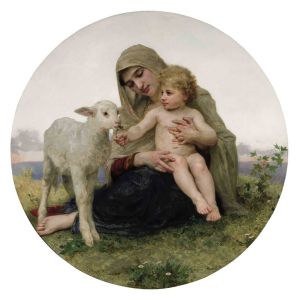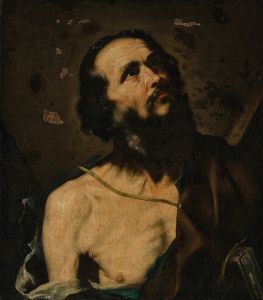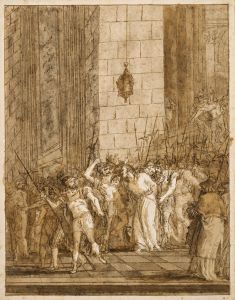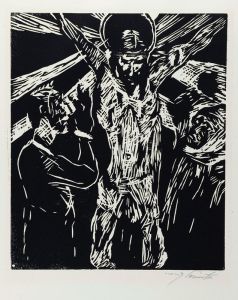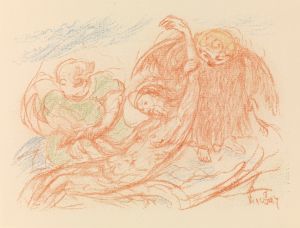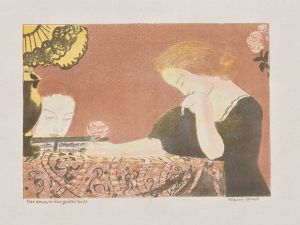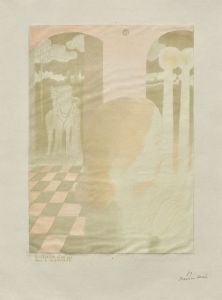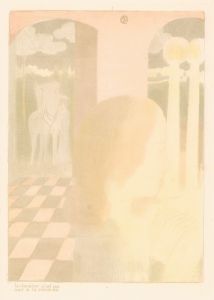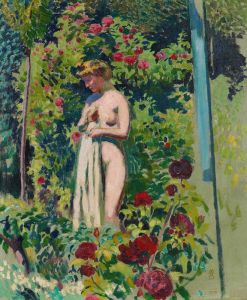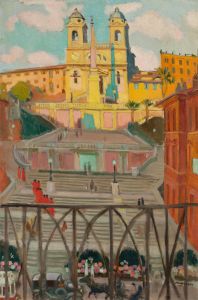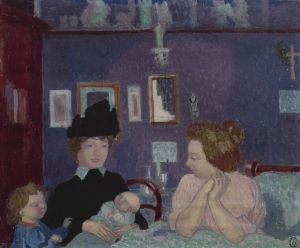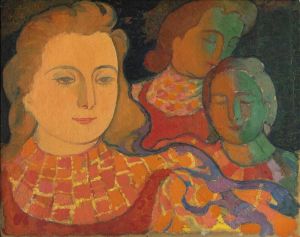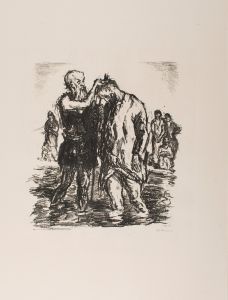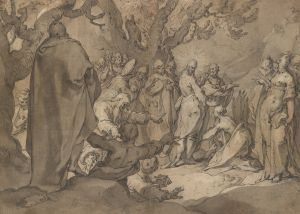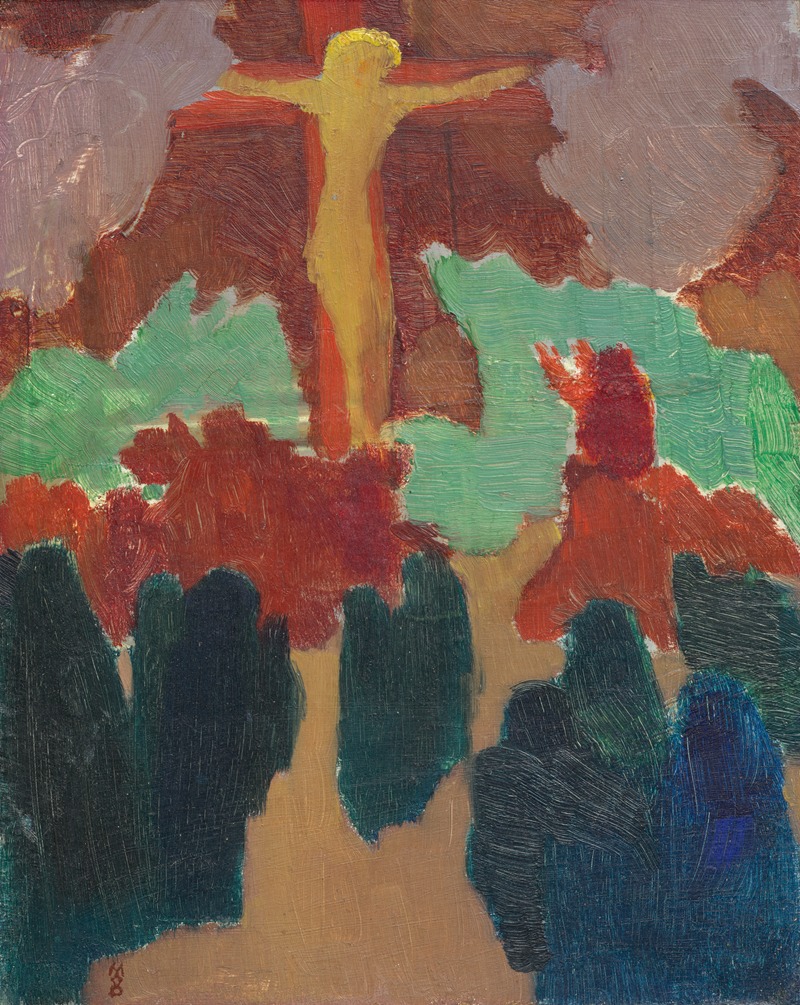
The Orange Christ
A hand-painted replica of Maurice Denis’s masterpiece The Orange Christ, meticulously crafted by professional artists to capture the true essence of the original. Each piece is created with museum-quality canvas and rare mineral pigments, carefully painted by experienced artists with delicate brushstrokes and rich, layered colors to perfectly recreate the texture of the original artwork. Unlike machine-printed reproductions, this hand-painted version brings the painting to life, infused with the artist’s emotions and skill in every stroke. Whether for personal collection or home decoration, it instantly elevates the artistic atmosphere of any space.
Maurice Denis, a prominent French painter and theoretician, was a leading figure in the Symbolist and Nabi movements. His work, "The Orange Christ," is an exemplary piece that reflects his deep engagement with religious themes and his innovative approach to color and form. Painted in 1890, this artwork is a testament to Denis's commitment to integrating spiritual content with modern artistic techniques.
"The Orange Christ" is notable for its vibrant use of color, particularly the striking orange hue that dominates the composition. This choice of color is significant, as it diverges from the traditional representations of Christ, which often employ more subdued tones. Denis's use of orange can be interpreted as an attempt to convey a sense of warmth, divinity, and transcendence, aligning with the Symbolist movement's emphasis on evoking emotions and ideas through color and form.
Denis was deeply influenced by his Catholic faith, and this is evident in "The Orange Christ." The painting reflects his desire to express religious themes in a contemporary context, bridging the gap between traditional iconography and modern artistic expression. The figure of Christ is central to the composition, depicted with a sense of serenity and spiritual presence. The background and surrounding elements are simplified, focusing the viewer's attention on the figure of Christ and enhancing the overall spiritual impact of the work.
As a member of the Nabi group, Denis was part of a collective of artists who sought to break away from the naturalism that dominated the art world in the late 19th century. The Nabis were inspired by Paul Gauguin and were known for their use of bold colors, simplified forms, and symbolic content. "The Orange Christ" embodies these principles, showcasing Denis's ability to convey profound spiritual themes through innovative artistic techniques.
Denis's theoretical writings also provide insight into his approach to art. He famously stated, "Remember that a picture—before being a battle horse, a nude woman, or some anecdote—is essentially a flat surface covered with colors assembled in a certain order." This perspective is evident in "The Orange Christ," where the arrangement of color and form takes precedence over realistic representation, inviting viewers to engage with the painting on a more abstract and emotional level.
"The Orange Christ" is housed in the Musée d'Orsay in Paris, where it continues to be appreciated for its unique blend of religious content and modernist style. The painting is an important example of Denis's contribution to the development of modern art, illustrating his role in the transition from traditional to modernist approaches in the depiction of spiritual themes.
In summary, "The Orange Christ" by Maurice Denis is a significant work that reflects the artist's innovative use of color and form to convey religious themes. It stands as a testament to Denis's influence on the Symbolist and Nabi movements and his enduring impact on the trajectory of modern art.





